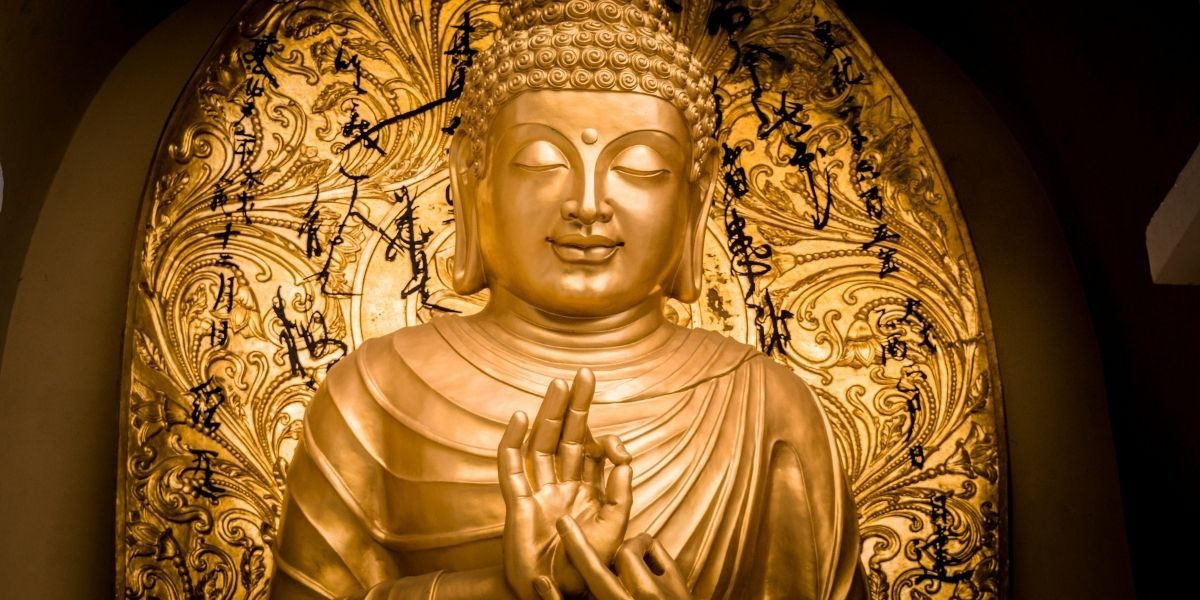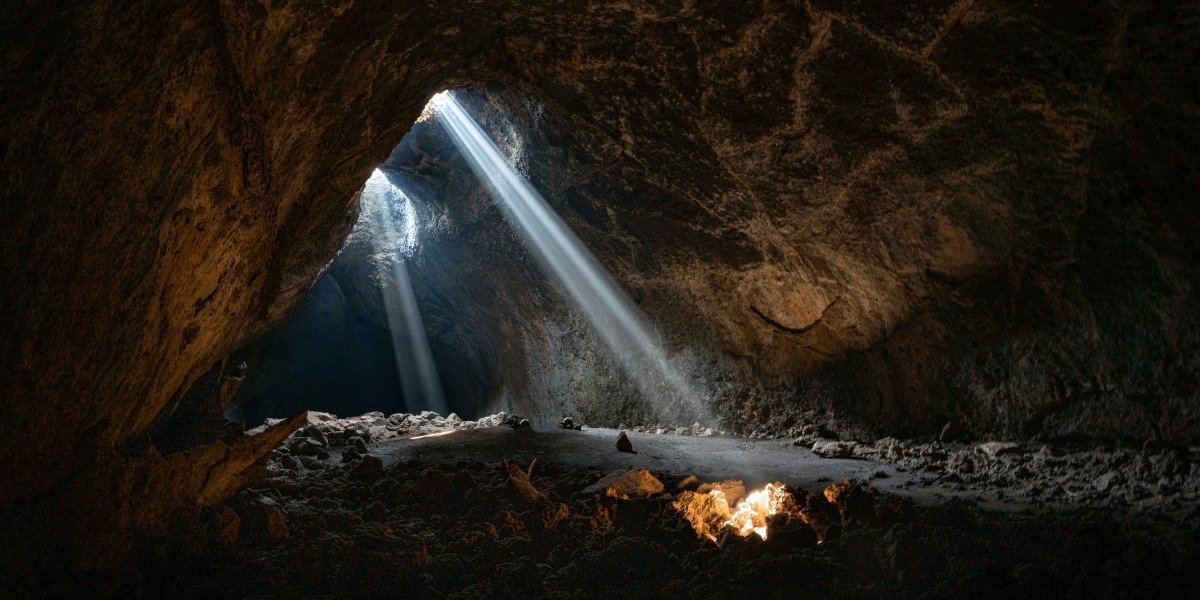What Is Yamashita’s Gold and Why Does It Capture Global Imagination?
Yamashita’s Gold refers to the legendary treasure said to have been hidden by Japanese forces during the final stages of World War II. Named after General Tomoyuki Yamashita, this hoard allegedly consists of vast amounts of gold, precious gems, and valuable artifacts looted from countries across Southeast Asia. The myth surrounding this treasure has fascinated historians, adventurers, and treasure hunters for decades.
The origins of the story trace back to the Japanese occupation of the Philippines, where it is believed that stolen loot was buried in secret locations to prevent it from falling into Allied hands. Over the years, tales of underground caves, tunnels, and hidden vaults filled with gold have fueled countless expeditions and conspiracy theories.
While some consider Yamashita’s Gold a mere legend, the allure lies in its blend of history, mystery, and the promise of immense wealth. The story encapsulates the chaos of war, the desperation of retreating forces, and the enduring human fascination with hidden fortunes.
Read Also: Exploring the Craftsmanship Behind Gold Jewelry
How Did Historical Events Shape the Legend of Yamashita’s Gold?
The historical context of World War II’s Pacific theater is essential to understanding the Yamashita’s Gold narrative. During the occupation of Southeast Asia, Japanese forces systematically looted gold, artwork, and other valuables from countries such as the Philippines, Malaysia, and Indonesia.
General Yamashita, known as the “Tiger of Malaya” for his military prowess, was tasked with defending the Philippines as the war neared its end. Facing defeat, it is alleged that his troops concealed the accumulated treasure in remote mountain caves and underground chambers, intending to retrieve it later.
After Japan’s surrender in 1945, efforts to recover the treasure began, but the complex geography and wartime destruction made locating it nearly impossible. Adding to the intrigue, rumors circulated that some Allied forces and intelligence agencies either ignored or actively suppressed information about the treasure for political reasons.
The combination of wartime desperation, secretive military operations, and postwar chaos created fertile ground for legends to flourish. Official records on the treasure remain sparse, which only deepens the mystery and encourages speculation.
What Efforts Have Been Made to Locate and Recover Yamashita’s Gold?
Over the past seven decades, numerous expeditions and investigations have sought to locate Yamashita’s Gold. Governments, private treasure hunters, and even criminal organizations have pursued leads, resulting in a mix of genuine discoveries, false claims, and controversial activities.
The Philippine government has conducted searches, often involving local communities and military personnel. Some artifacts and smaller caches of valuables have been recovered, though none approaching the scale described in legends.
Private explorers use maps, wartime documents, and eyewitness accounts to guide their searches. However, the challenging terrain, political hurdles, and legal issues regarding ownership complicate recovery efforts.
Some conspiracy theories allege secret agreements that keep the treasure hidden, involving intelligence agencies or political elites. These theories remain unproven but contribute to the persistent fascination.
Legal disputes have also arisen over recovered items, especially concerning their rightful ownership and cultural significance. These complexities demonstrate the ongoing tension between historical heritage and treasure hunting.
How Has Yamashita’s Gold Influenced Popular Culture and Public Perception?
Yamashita’s Gold has transcended its historical roots to become a fixture in popular culture worldwide. Books, documentaries, films, and video games have dramatized the treasure hunt, often blending fact and fiction to create captivating narratives.
This cultural presence sustains public interest and keeps the legend alive across generations. The treasure symbolizes mystery, adventure, and the unresolved consequences of war, appealing to a broad audience.
The myth also reflects deeper themes such as greed, colonialism, and the search for lost identity. In Southeast Asia, stories about the treasure evoke memories of occupation and resilience, while elsewhere, it fuels romanticized visions of hidden riches.
Despite its uncertain reality, Yamashita’s Gold continues to inspire exploration and debate, illustrating how history and myth can intertwine to shape collective imagination.
Read Also: What Defines a Cultural Wonder in the 21st Century?
What Is the Future of the Quest for Yamashita’s Gold?
The quest for Yamashita’s Gold remains active, fueled by new technologies and ongoing intrigue. Advances in archaeology, remote sensing, and historical research provide fresh tools to investigate longstanding claims.
Digitization of wartime records and international cooperation may shed new light on the treasure’s possible locations. However, ethical considerations about cultural preservation and legal ownership are increasingly important in guiding any future efforts.
As environmental concerns grow, protecting fragile ecosystems where the treasure might be hidden also factors into planning expeditions.
Ultimately, whether Yamashita’s Gold exists as legend or fact, its story embodies a timeless human drive—the search for meaning and fortune amidst the shadows of history. The enduring quest itself continues to captivate minds and hearts around the world.








